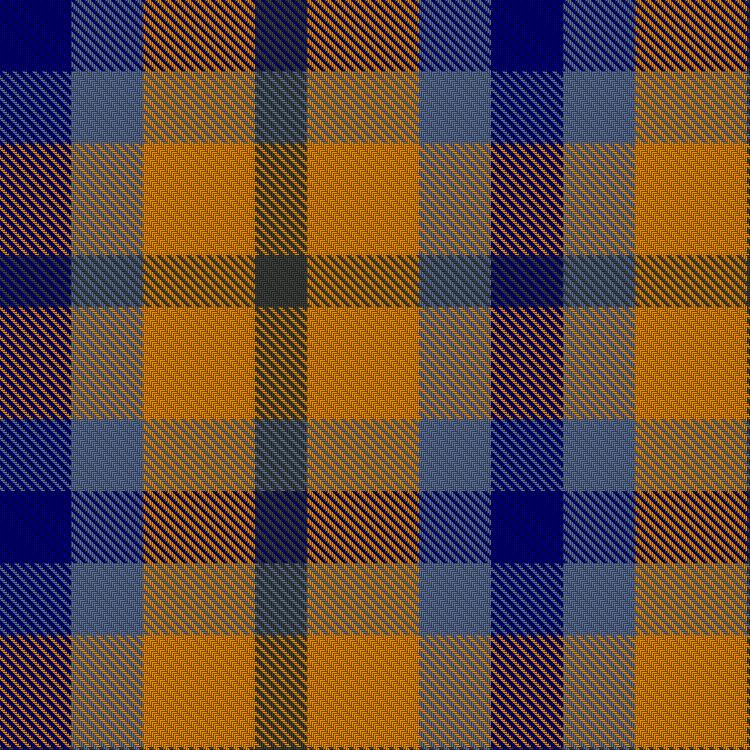Click the tartan to view its entry in The Scottish Registers of Tartans which includes registration details, restrictions, and registrant information.
Unregistered tartans may link to one of the web's online design environments for similar information.
For any questions about reproduction of designs or weaving of these tartans, please contact the registrant directly or via this website.
the Discovery of gold at Sutter's Mill, 1848
"🎶 In a cavern, in a canyon
Excavating for a mine
Dwelt a miner, forty-niner
And his daughter, Clementine
Oh my darling, oh my darling
Oh my darling, Clementine
You are lost and gone forever
Dreadful sorry, Clementine."
~ "Oh My Darling, Clementine", Western Folk Ballad (1884)
Although the origin of the melody of this folk song is unknown, some historians claims that the melody was from an old Spanish ballad, made popular by Mexican miners during the California Gold Rush. The discovery of gold on Jan 24, 1848 at Capt. John A. Sutter and James W. Marshall’s sawmill, on the American Fork River, California, initiated the "gold fever" of 1848-1855 and captured the imagination of the public and attracted miners, fortune seekers, entrepreneurs, writers and adventurers from around the world! Gold Country (also known as Mother Lode Country) and occasional host to Highland Games is a historic region in northern California bordering the western slope of the Sierra Nevada mountain range. Famed for blue skies, golden California poppies ,and rich mineral deposits of silver and gold, this area attracted waves of immigrants, known as the 49ers, during the 1849 California Gold Rush, leading the US to give statehood to California forthwith! Whether seeking superblooms of golden orange poppies or the rare golden nuggets, "There's gold in them thar hills!" ⛏️💰
Register notes:
Designed by Tony Marques-Christopher, this tartan represents the colours and textures of the Gold Country area of California, USA. The Sierra Foothills are one of the most beautiful places in the country and are famous for the large gold mines discovered. This tartan represents the importance of the Gold Rush era to the area.
The discovery of gold nuggets in the Sacramento Valley in early 1848 sparked the California Gold Rush, arguably one of the most significant events to shape American history during the first half of the 19th century. As news spread of the discovery, thousands of prospective gold miners traveled by sea or over land to San Francisco and the surrounding area; by the end of 1849, the non-native population of the California territory was some 100,000 (compared with the pre-1848 figure of less than 1,000). A total of $2 billion worth of precious metal was extracted from the area during the Gold Rush, which peaked in 1852.
The Gold Rush had a tremendous impact on the population and culture of California. Before the Gold Rush, the population consisted mainly of Native Californians and Californios (settlers and landowners of mixed Spanish, Native Californian, and African descent). But gold fever brought people to California from all over the country and world. The Anglo Americans (of English, Irish, or Scots descent), other Europeans (including Italians, Russians, and others), Chinese, Asians, African Americans, and many more who came and stayed changed the ethnic makeup of the state's population.
Click the beautiful hillside in gold country for more interesting facts about the Gold Rush in California.









